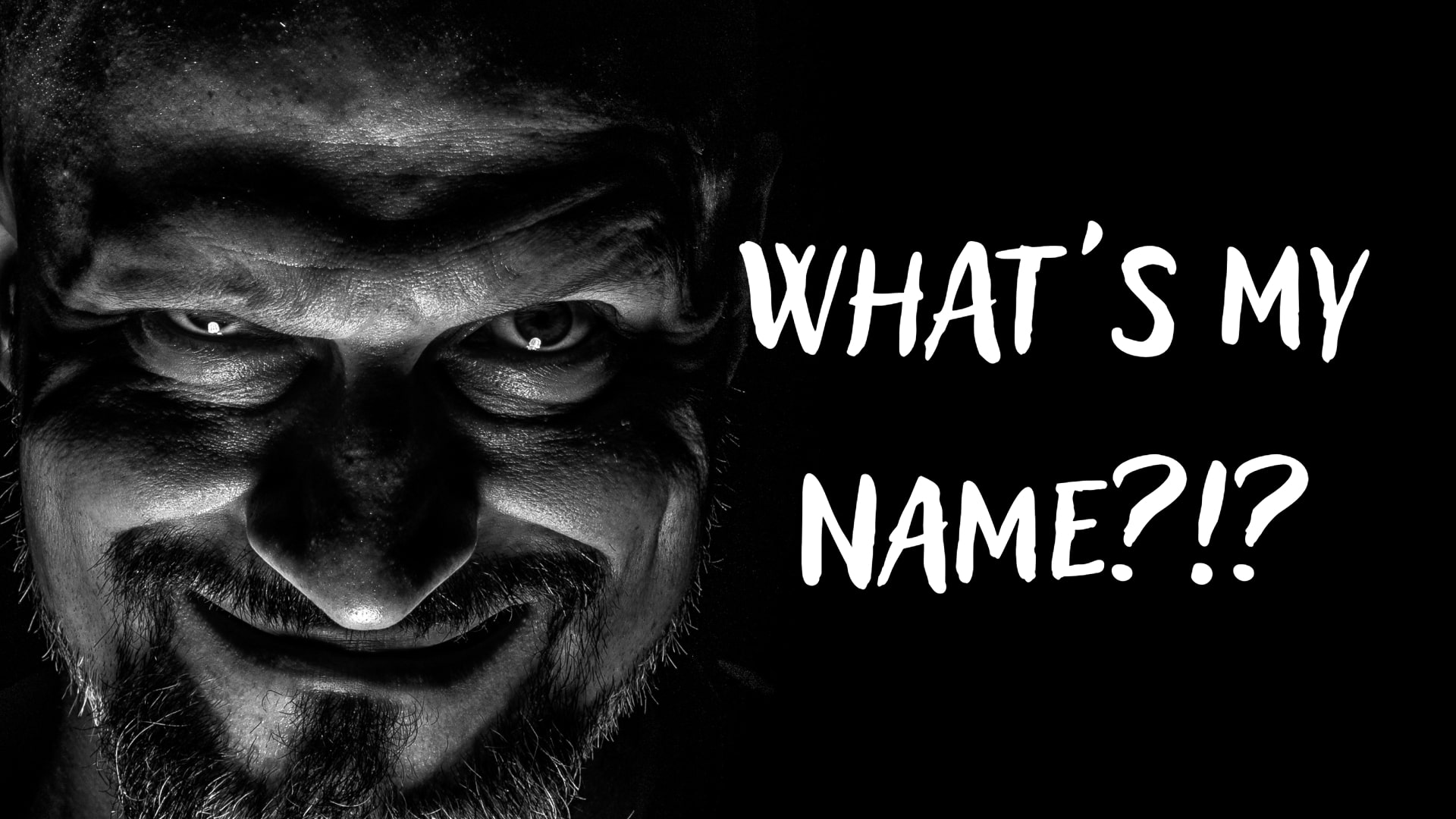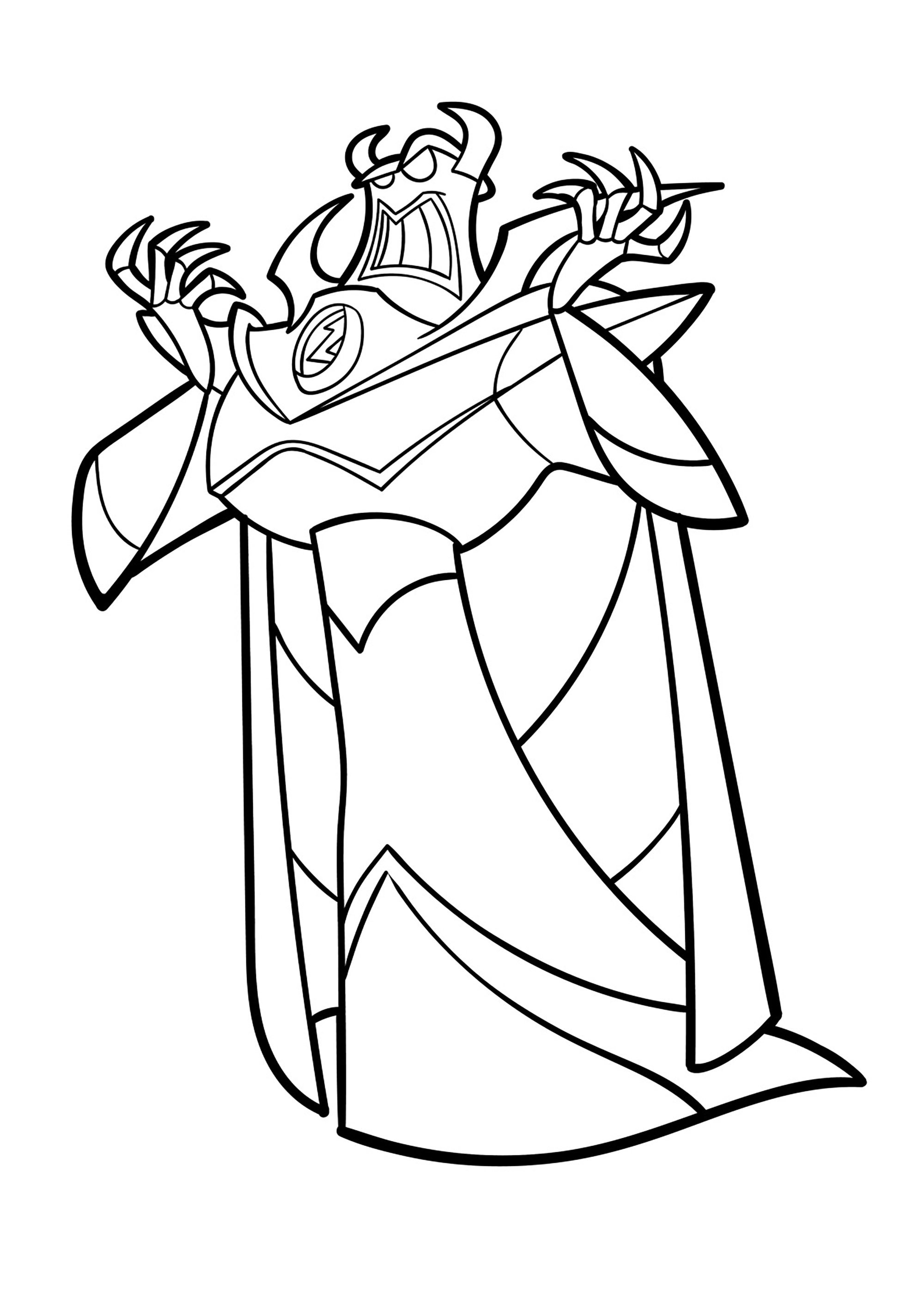Unwrapping The Dark Side: The Ultimate Guide To The Christmas Story Villain
When you think of Christmas stories, the warmth of family, the magic of Santa, and the joy of giving often come to mind. However, every great holiday tale needs a memorable antagonist to create tension and drama. The Christmas story villain plays a pivotal role in shaping the narrative, offering a counterbalance to the festive cheer. These characters often embody greed, selfishness, or mischief, challenging the heroes and teaching valuable lessons. From classic tales to modern adaptations, the Christmas story villain is an integral part of the season’s storytelling tradition.
Exploring these villains gives us a deeper understanding of why they exist in holiday narratives and how they enhance the emotional depth of the story. Whether it’s a grumpy old man who hates Christmas or a magical being with sinister intentions, these characters captivate audiences and leave a lasting impression. Their presence adds layers of complexity to otherwise straightforward tales, making them more engaging and thought-provoking.
In this article, we’ll dive into the world of Christmas story villains, uncovering their origins, motivations, and impact on the stories they inhabit. We’ll also explore some of the most iconic villains in holiday lore and answer burning questions about their roles. By the end of this guide, you’ll have a newfound appreciation for these characters and their contributions to the magic of Christmas storytelling.
Read also:Julie Pitt Actress Model Latest News Photos
Table of Contents
- Who is the Most Iconic Christmas Story Villain?
- What Makes a Christmas Story Villain So Memorable?
- Why Do We Love to Hate Christmas Villains?
- How Does the Christmas Story Villain Impact the Plot?
- Exploring the Origins of the Christmas Villain
- Can a Christmas Villain Redeem Themselves?
- What Lessons Do Christmas Story Villains Teach Us?
- The Role of Humor in Christmas Villains
- How Modern Stories Are Redefining Christmas Villains
- Why the Christmas Story Villain Will Always Matter
Who is the Most Iconic Christmas Story Villain?
When it comes to Christmas story villains, one name stands out above the rest: The Grinch. Dr. Seuss’s green, grouchy character has become synonymous with holiday antagonists. But what makes the Grinch so iconic? His disdain for Christmas, his elaborate schemes to ruin the holiday, and his eventual redemption arc have resonated with audiences for decades.
Beyond the Grinch, other villains like Scrooge from "A Christmas Carol" or Hans Gruber from "Die Hard" (yes, it’s a Christmas movie!) have also left their mark. Each of these characters brings something unique to the table, whether it’s their motivations, their actions, or their ultimate transformation.
Why Do These Villains Stand Out?
Their complexity and relatability make them unforgettable. For instance, Scrooge’s journey from bitterness to generosity mirrors the personal growth many of us strive for during the holiday season. Similarly, the Grinch’s transformation reminds us that it’s never too late to embrace the spirit of Christmas.
What Makes a Christmas Story Villain So Memorable?
A great Christmas story villain is more than just a bad guy. They are often exaggerated versions of real human flaws, making them both entertaining and thought-provoking. Their actions and motivations are designed to challenge the heroes and, in doing so, highlight the importance of kindness, generosity, and community.
Take, for example, the Grinch. His hatred of Christmas stems from feelings of isolation and bitterness, emotions many can relate to. This depth makes him more than just a one-dimensional villain; he becomes a character we can empathize with, even if we don’t agree with his actions.
How Do Villains Enhance the Story?
Without a compelling Christmas story villain, the narrative would lack conflict and tension. These characters push the protagonists to grow and change, often leading to heartwarming resolutions. Their presence ensures that the story isn’t just about holiday cheer but also about overcoming obstacles and learning valuable life lessons.
Read also:Basketball Random A Deep Dive Into The World Of Unpredictable Basketball Moments
Why Do We Love to Hate Christmas Villains?
There’s something oddly satisfying about rooting against a Christmas story villain. Perhaps it’s their over-the-top antics or their blatant disregard for the holiday spirit that makes them so entertaining. Whatever the reason, these characters captivate us and keep us invested in the story.
For instance, Hans Gruber’s cunning and charm in "Die Hard" make him a fan-favorite villain. His intelligence and resourcefulness make him a worthy adversary for John McClane, adding excitement and suspense to the film.
What Draws Us to These Characters?
It’s their flaws and vulnerabilities that make them relatable. While we may not agree with their actions, we can often understand their motivations. This duality makes them fascinating and keeps us coming back for more.
How Does the Christmas Story Villain Impact the Plot?
The Christmas story villain is often the driving force behind the narrative. Their actions create the conflict that the heroes must overcome, leading to moments of growth, reflection, and resolution. Without these characters, the story would lack depth and emotional resonance.
For example, in "A Christmas Carol," Scrooge’s miserly behavior sets the stage for his transformation. His journey from selfishness to generosity is only possible because of the challenges he faces and the lessons he learns along the way.
What Would Happen Without the Villain?
Without a villain, the story would be flat and predictable. The presence of a Christmas story villain adds layers of complexity, ensuring that the narrative is engaging and meaningful. Their impact is felt throughout the story, shaping the actions and decisions of the other characters.
Exploring the Origins of the Christmas Villain
The concept of the Christmas story villain has been around for centuries, with roots in folklore and mythology. These characters often embody the darker aspects of human nature, serving as cautionary tales about the dangers of greed, selfishness, and cynicism.
From Krampus, the horned creature who punishes naughty children, to Scrooge, the miserly businessman who learns the true meaning of Christmas, these villains have evolved over time to reflect societal values and concerns.
How Have Christmas Villains Changed Over Time?
In modern stories, Christmas villains are often portrayed with more nuance and complexity. They are no longer just evil for the sake of being evil; instead, they are multidimensional characters with relatable motivations and vulnerabilities.
Can a Christmas Villain Redeem Themselves?
One of the most compelling aspects of a Christmas story villain is their potential for redemption. Many holiday tales end with the villain learning an important lesson and changing their ways, offering a message of hope and forgiveness.
For example, the Grinch’s transformation from a Christmas-hating recluse to a beloved member of Whoville is a testament to the power of redemption. His journey reminds us that it’s never too late to change and embrace the spirit of the season.
What Does Redemption Look Like for a Villain?
Redemption often involves a moment of self-realization, where the villain recognizes the error of their ways and takes steps to make amends. This process is not always easy, but it is essential for their growth and development as a character.
What Lessons Do Christmas Story Villains Teach Us?
At their core, Christmas story villains teach us valuable lessons about empathy, forgiveness, and the importance of community. Their actions and transformations remind us that everyone has the capacity for change and that the holiday spirit is about more than just gifts and decorations.
For instance, Scrooge’s journey in "A Christmas Carol" highlights the dangers of greed and the importance of generosity. His transformation serves as a powerful reminder that it’s never too late to embrace kindness and compassion.
How Can We Apply These Lessons to Our Lives?
By reflecting on the actions and motivations of Christmas villains, we can gain a deeper understanding of our own flaws and shortcomings. This self-awareness allows us to grow and become better versions of ourselves, embodying the true spirit of the season.
The Role of Humor in Christmas Villains
Humor plays a crucial role in making Christmas story villains more relatable and entertaining. Whether it’s the Grinch’s sarcastic quips or Scrooge’s dry wit, these characters often use humor to mask their vulnerabilities and insecurities.
This blend of humor and darkness adds depth to their personalities, making them more than just one-dimensional villains. It also makes their eventual redemption more satisfying, as we see them shed their defenses and embrace their humanity.
How Modern Stories Are Redefining Christmas Villains
In recent years, modern Christmas stories have begun to redefine the traditional Christmas story villain. These characters are no longer just evil for the sake of being evil; instead, they are complex individuals with relatable motivations and vulnerabilities.
For example, in the Netflix film "Klaus," the villain is not a person but a system of oppression and neglect. This fresh take on the Christmas villain highlights the importance of community and kindness, offering a new perspective on the traditional holiday narrative.
What Does the Future Hold for Christmas Villains?
As storytelling continues to evolve, so too will the role of the Christmas story villain. Future tales will likely explore new themes and ideas, offering fresh takes on this timeless archetype. One thing is certain: these characters will continue to captivate and inspire audiences for generations to come.
Why the Christmas Story Villain Will Always Matter
The Christmas story villain will always matter because they remind us of the importance of balance in storytelling. Without these characters, holiday tales would lack the tension and conflict needed to create compelling narratives. Their presence ensures that the story is not just about holiday cheer but also about overcoming obstacles and learning valuable life lessons.
Whether it’s the Grinch, Scrooge, or a modern reinterpretation of the archetype, these villains will continue to captivate and inspire audiences for years to come. Their impact on the stories they inhabit is undeniable, and their lessons will always resonate with us during the holiday season.
In conclusion, the Christmas story villain is an essential part of holiday storytelling, offering a counterbalance to the festive cheer and teaching us valuable lessons about empathy, forgiveness, and the importance of community. Their presence ensures that these stories remain engaging, thought-provoking, and timeless.
Theresa Caputo Victoria: Unveiling The Spiritual Journey
Why Conor McGregor Cheater Allegations Sparked Controversy In The MMA World
Nelson Mandela Images: A Visual Journey Through The Life Of A Legend

Villain Name Generator Make It Super Easy

Disney Villain Coloring Pages for Children